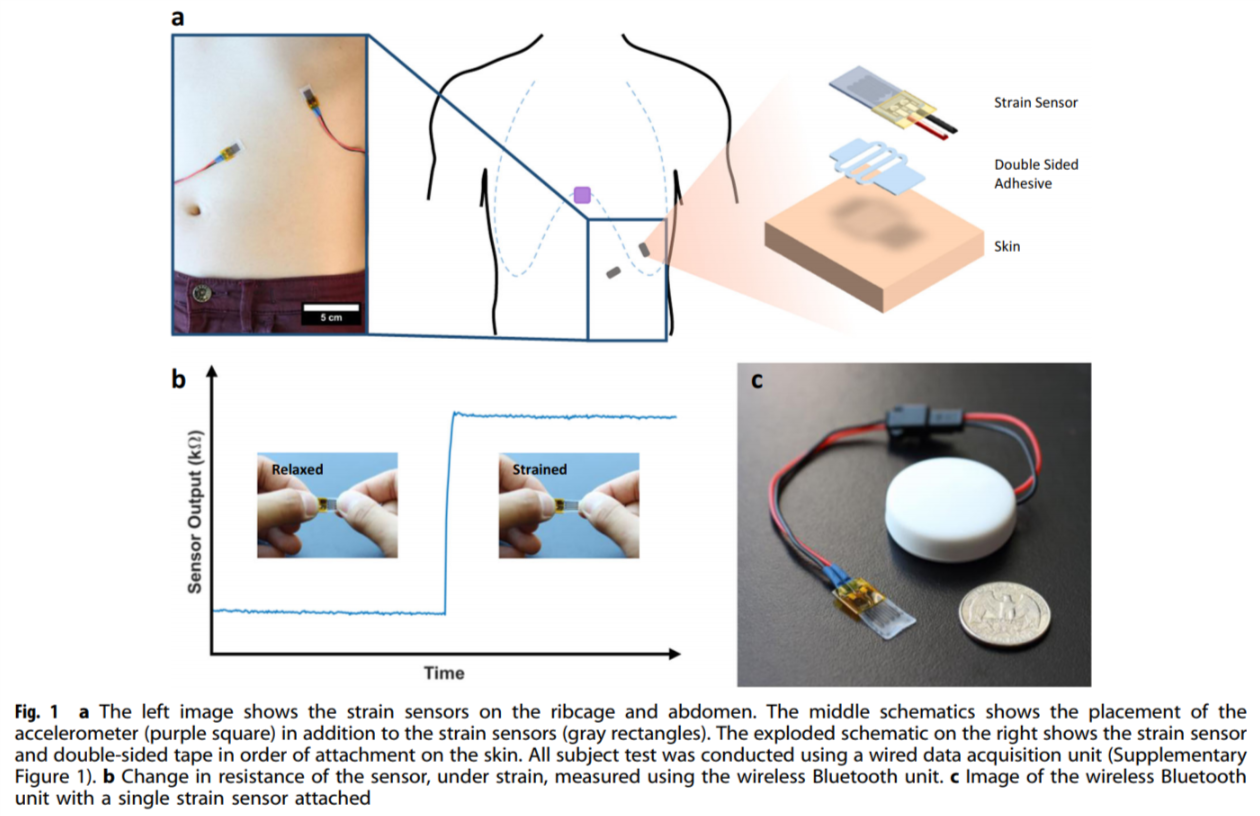Wearable technology is evolving and moving beyond simple activity tracking. Let’s face it, when we think of wearable tech we think of FitBits and Smart Watches. Both are great for giving people physical activity targets but not much beyond that. We don’t really think of acute and chronic disease monitoring but things are changing. Last year saw the entrance of ECG and irregular heart rhythm monitoring on the Apple Watch. Before that Novo Nordisk (one of the best kept secrets in health tech in my opinion!) for diabetes. Both Novo and Apple offer continuous monitoring of medical conditions.
It is the ability for continuous monitoring which turns the tide from gimmick to game changer. There is real merit in being able to monitor an individuals health over a period of time as this offers opportunity for timely and individualistic intervention. As a physio you make think this is all well and good but atrial fibrillation management isn’t really within my remit and the same can be said for diabetes. What about respiratory conditions?
Imagine if your patient with a chronic respiratory condition was able to come to you with an exact record of when their breathing was a it’s best, worst and everything in between. Not just rate but volume. You would be able to offer targeted advice for when to use inhalers and even if they are on the right kind of beta agonist or even if they need to consider other options. This technology exists and isn’t far away from being available.
Yes, as a study published in Nature demonstrates, there is still a bit of a journey this specific tech needs to go on before it is ready for patients to use. In all likelihood this probably isn’t far away. The way the technology works is readily available to read in the article (liked to above) but in simplistic terms it is a series of strain gauges that measures rib and abdominal movement. Clever software is then used to give a volume of breath reading.
Thinking ahead to the future there are a number of conditions which would benefit from creative thinking about how technology can impact how conditions are monitored. There is masses of opportunity here it would be a shame if as a profession we didn’t at least own a little slice.
